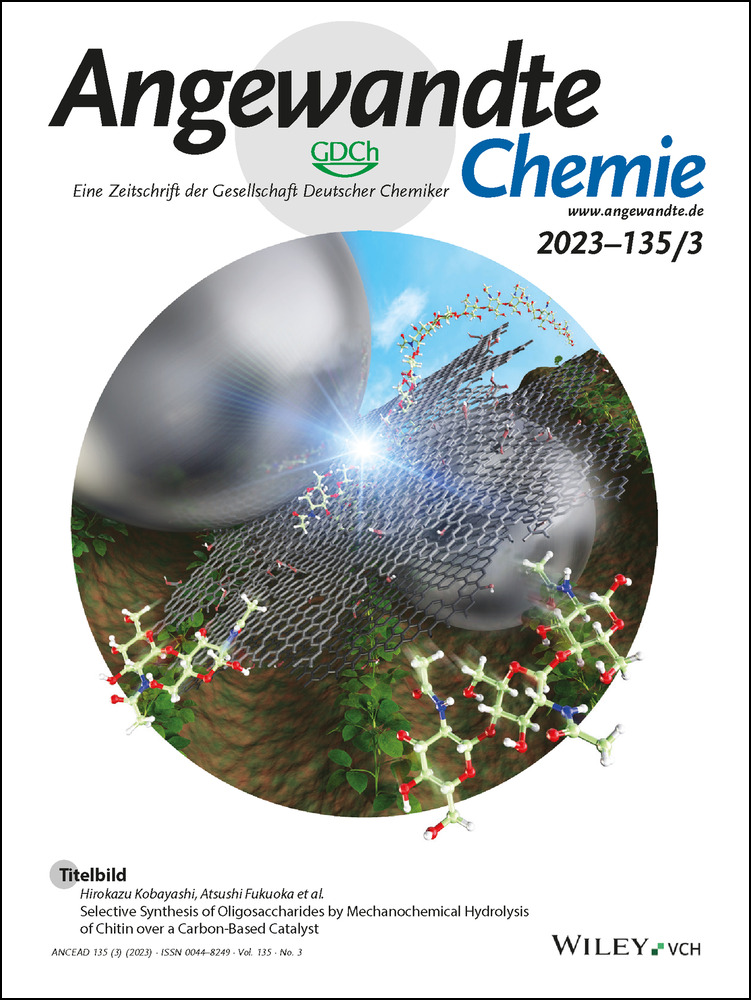Photochemical Decarbonylation of Oxetanone and Azetidinone: Spectroscopy, Computational Models, and Synthetic Applications**
A previous version of this manuscript has been deposited on a preprint server (https://doi.org/10.26434/chemrxiv-2022-06c0l).
Abstract
Photoexcitation of cyclic ketones leads to the expulsion of carbon monoxide and a mixture of products derived from diradical intermediates. Here we show that synthetic utility of this process is improved if strained heterocyclic ketones are used. Photochemistry of 3-oxetanone and N-Boc-3-azetidinone has not been previously described. Decarbonylation of these 4-membered rings proceeds through a step-wise Norrish type I cleavage of the C−C bond from the singlet excited state. Ylides derived from both compounds are high-energy species that are kinetically stable long enough to undergo [3+2] cycloaddition with a variety of alkenes and produce substituted tetrahydrofurans and pyrrolidines. The reaction has a sufficiently wide scope to produce scaffolds that were either previously inaccessible or difficult to synthesize, thereby providing experimental access to new chemical space.
Conflict of interest
The authors declare no conflict of interest.
Open Research
Data Availability Statement
A Supporting Information document contains thorough descriptions of experiments pertaining to this manuscript. In addition, a repository associated with this manuscript which contains .sdf formatted assigned NMR data, MatLab script for recreating Figure 2, and Gamess input files and log files for geometry optimization, saddle points search, conical intersections search, and trajectories can be found at https://github.com/boskovicgroup/cy_amy.




